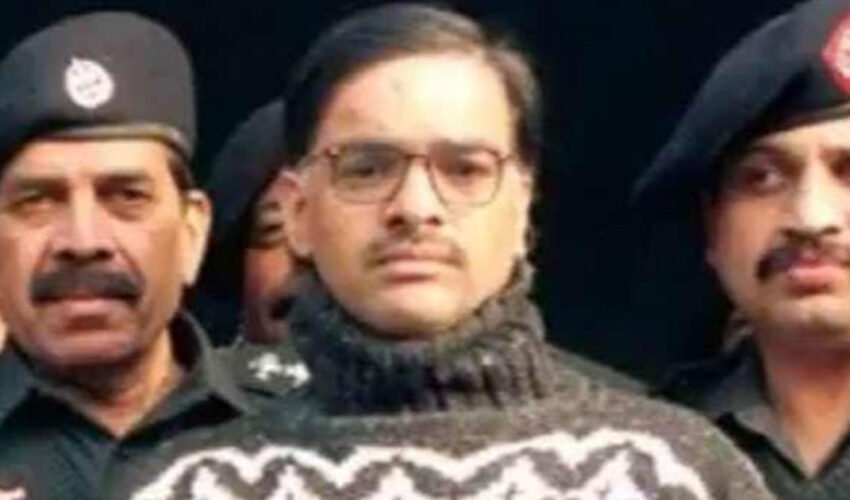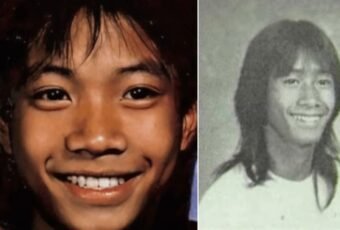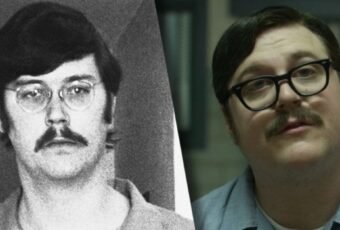Javed Iqbal, a Pakistani serial killer, was responsible for the untimely deaths of at least 100 young boys aged between 6 and 16. His killing method was particularly gruesome; he would strangle his victims, dismember their corpses, and subsequently dissolve them in acid to obliterate any evidence. His case attracted national attention in Pakistan and his sentence was similar to what he did to his victims.
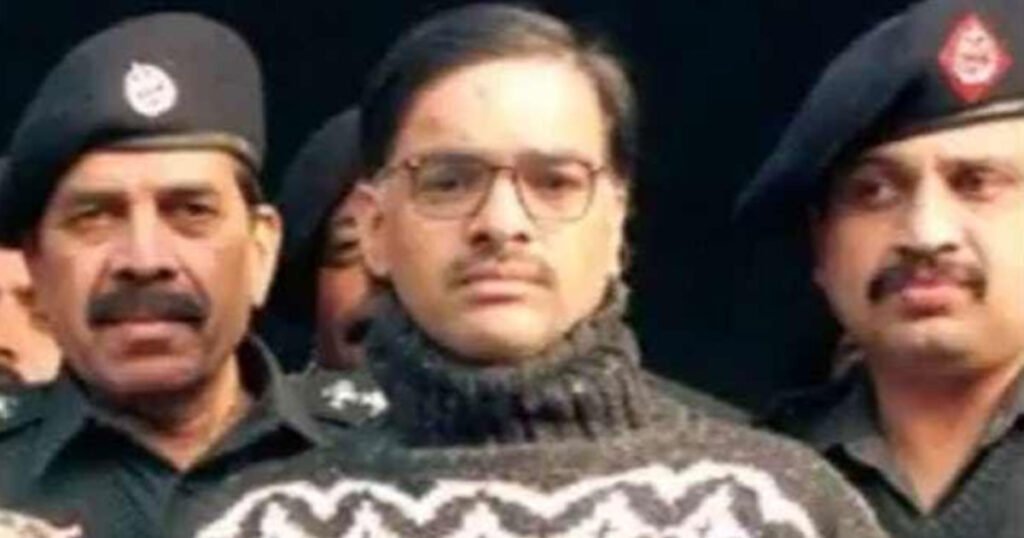
In 2000, he was found guilty and sentenced to death in the same manner that he killed the boys, being strangled first, then cut into a hundred pieces in front of the victim’s families, and then dissolved into acid. However, before the sentence could be carried out, Iqbal committed suicide inside his cell.
At one point, Iqbal declared that his killings were an act of revenge for the brutal punishment he had received from the police following a past arrest.
Who was Javed Iqbal?
Little is known about the early life of Javed Iqbal, born in 1956, although some sources suggest 1961 as his birth year. He was the sixth of eight children in a businessman’s family. He attended Government Islamia College in Railway Road Lahore as an intermediate student and lived in a villa his father had purchased for him.
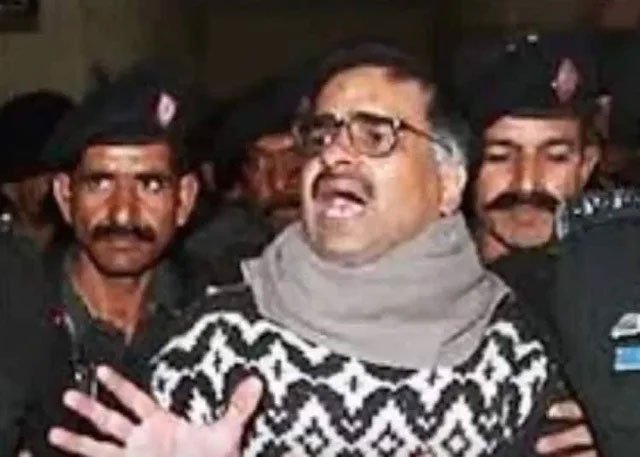
In a bid to lure children, Iqbal inaugurated a video game shop in Shadbagh, a venture that was the first of its kind. He offered tokens to young boys at reduced rates and sometimes did not charge them at all. He then used this opportunity to manipulate the boys by throwing a 100 rupee note on the floor and observing the child who picked it up. He would then falsely accuse them of theft and conduct a search, despite already knowing who the guilty party was.
The boy who picked up the note would be caught and taken to the adjacent room, where Iqbal would sexually abuse the boy. At times, Iqbal would later give the money back to the boy as a gesture of goodwill. However, soon the locals stopped sending their children to visit the shop. In response, Iqbal set up a fish aquarium and later a gym, both as a means to lure young boys.
Why did Javed Iqbal kill 100 boys
Javed Iqbal, hailing from Lahore, committed heinous crimes by specifically targeting impoverished orphans and runaway boys. He would take these boys to his home in Lahore, where he would rape and strangle them to death. He would then dismember their bodies, cut them into smaller pieces, and dissolve the remains in Hydrochloric acid to eliminate any trace of the murder and leave no evidence behind. If any remains were left, he would throw them in the river nearby his house.
But what led a man from Lahore to decide on the horrific act of killing 100 children? Javed Iqbal’s motive for committing these murders was his infuriation at a perceived injustice at the hands of Lahore police, who had arrested him on charges relating to rape against a young runaway boy in the 1990s when he was in his early twenties. According to Iqbal, he was not associated with any of the charges, and he was forcefully arrested. His mother tried everything to get him out, but was unsuccessful and suffered a fatal heart attack in the process.
“Javed Iqbal resolved to make 100 mothers cry for their sons as his mother had been forced to do before her death.”
Javed Iqbal’s confession
In December 1999, Javed Iqbal made the decision to confess, sending letters detailing his crimes to the police and a local newspaper. He confessed tothe rape and murder of 100 runaway boys, all aged between 6 and 16 years. In the letter, he detailed records of everything he had done; he claimed to have strangled and dismembered his victims and then disposed of their bodies using vats of hydrochloric acid and dumped any remains in a local river.
He also confessed that he had planned to drown himself in the Ravi River but was unable to do so. This led to the biggest manhunt in Pakistan. Police found Iqbal’s house and once inside they found bloodstains on the walls and floor. They also found the chain that Iqbal used to strangle children and children’s photographs in plastic bags, neatly labeled with handwritten pamphlets. Iqbal also left two vats of acid with partially dissolved human remains in an open place for the police to find, with a note claiming that the bodies had been deliberately left in the house so that the authorities could find them.
Four accomplices who shared Iqbal’s villa were arrested, and within days, one of them died in police custody. A 17-year-old boy was sentenced to death, and two other men accused in the case were jailed for 14 years. Despite the biggest manhunt in which dozens of people were detained, Iqbal escaped the police for many days. However, in December 1999, he walked into a newspaper office to give himself up.
“I am Javed Iqbal, the killer of 100 children,” he told the staff. “I despise this world, I feel no shame for my actions, and I am ready to die. I harbor no regrets. I killed 100 children. I could have killed 500; that wasn’t the issue. Money was never a problem. However, I had made a pledge to kill 100 children, and I never intended to violate that.”
Iqbal said that he surrendered at a newspaper office because he feared for his life and was concerned about what the police would do to him. He produced a 32-page diary dealing with his sexual abuse and murder of the victims and including the children’s photographs.
Javed Iqbal was found hanging in his cell
The judge in the case, Allah Baksh, told the court in Lahore, “Javed Iqbal has been found guilty of 100 murders. The sentence is that he should be strangled 100 times. His body should be cut into 100 pieces and put in acid, as he did with his victims.” A few days after his sentence, he withdrew his confession and pleaded not guilty, stating that he had invented his story to highlight the problems of runaway children.
On October 8, 2001, Javed Iqbal was found hanging in his cell before the execution could be carried out, and his young accomplice was also found hanged in a nearby cell the same night. Despite indications of foul play, their deaths were officially ruled as suicides. One of the prison guards saw Iqbal and his accomplice Sajid hanging with bedsheets tied to the iron bars of the cell when he woke up.
The doctor in the mortuary said that strangulation marks were found around the blood-splashed necks of the two prisoners. They were bleeding from the mouth and nostrils. They added, ‘an injury mark was found around Sajid’s neck and countless healed wounds inflicted with a blunt weapon were also found all over the body of Javed Iqbal.’
None of Javed Iqbal’s family members came forward to claim his body. “We have severed all ties with him; for us, he died on the day he confessed to killing 100 children,” his family members expressed.
Javed Iqbal: The Untold Story of a serial killer
Netflix released a movie titled “Javed Iqbal: The Untold Story of a Serial Killer,” which is based on the life of this notorious Pakistani serial killer and sex offender.
Now that you’ve read about Pakistani serial killer Javed Iqbal, read about Akku Yadav, who was given justice by his victims.
